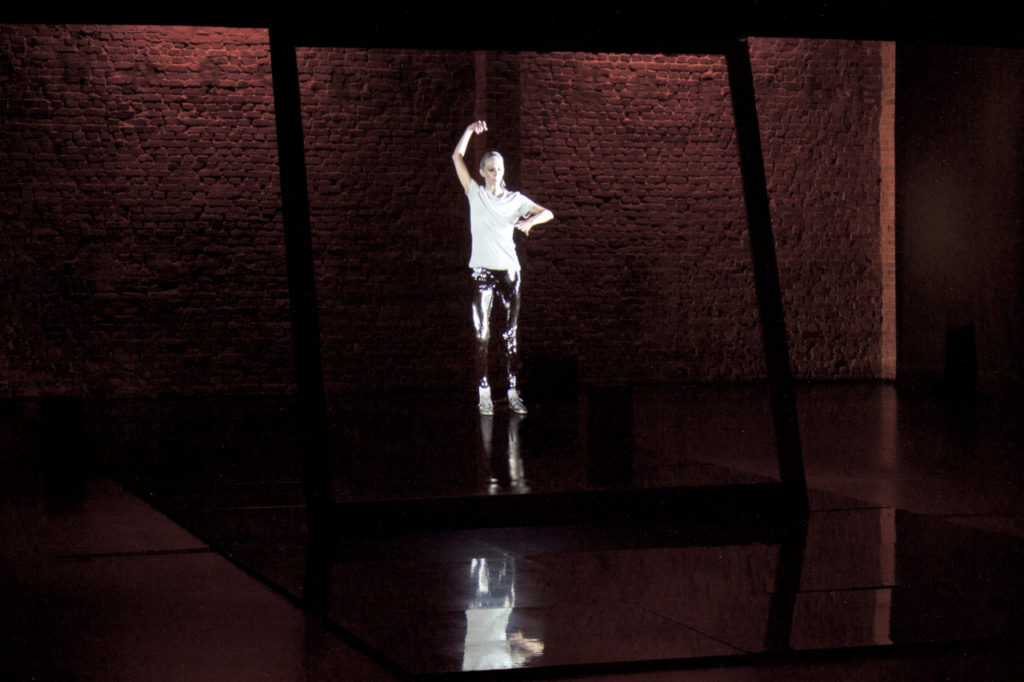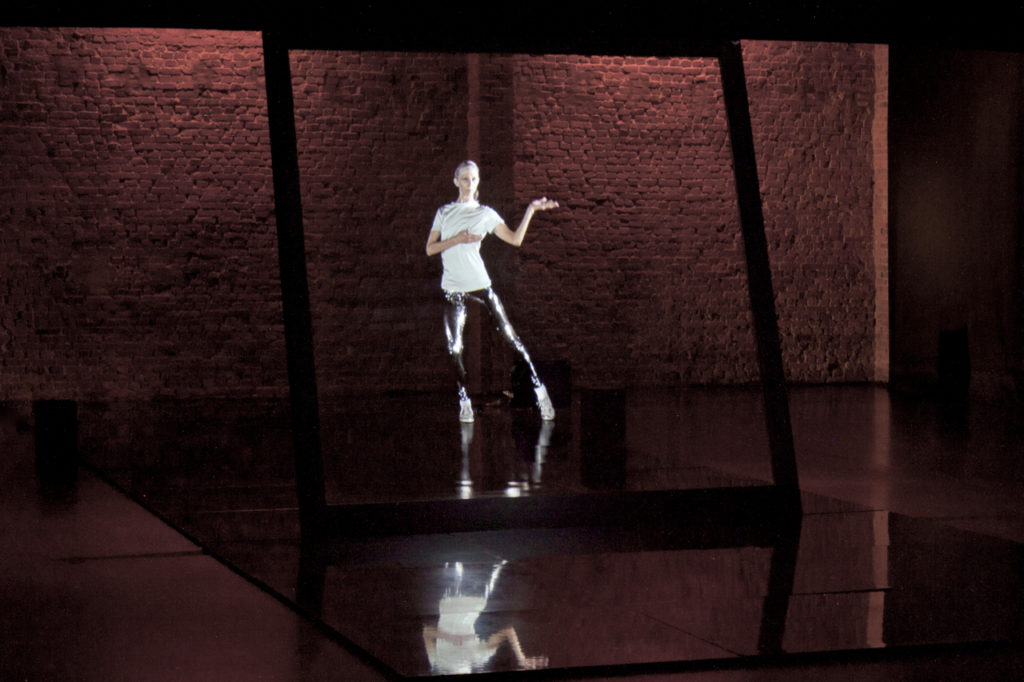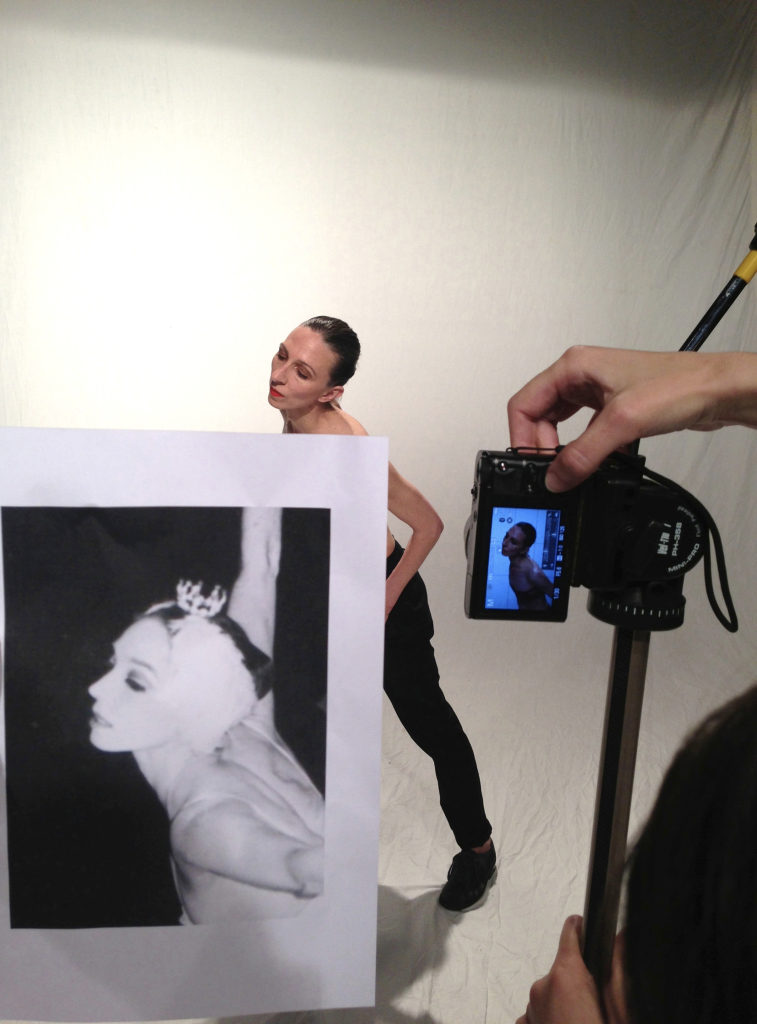The art of storytelling is reaching its end because the epic side of truth, wisdom, is dying out. At the same time it is now possible to see a new beauty in what is vanishing.
Walter Benjamin, The Storyteller
At what point in the history of dance was it that the use of narrative became unpopular and moreover, un-cool? The historical avant-garde of dance strongly rejected fiction as an apparatus which distracted viewers from the real, from the materiality of the body and thought, of new modes of experience. Stories were no longer acceptable, and their legacy in dance and performance remains dubious at best today. But did we throw out the baby with the bathwater when we got rid of storytelling? How might storytelling today be a means to cope with the complexities of our contemporary narratives? With these questions in mind, artist and choreographer Andros Zins-Browne is currently creating a new performance, The Lac of Signs, in an attempt to retell the canonical story of Swan Lake (Le Lac Des Cygnes). In an absurd gesture towards both the intimacy and impotency of dance’s ability to tell a story, The Lac Of Signs reinterprets the story ballet, by multiplying the stories being told and reducing the storytellers.

© WeDocumentArt 
© WeDocumentArt
If a book composed of many voices were a body, how would such a body speak? How might the poverty of dance as a sign system encounter the textual complexities that modern literature introduced? Drawing on methods more closely related to contemporary fiction writing than choreography, Zins-Browne and his collaborator Chrysa Parkinson have begun by writing a libretto. This libretto attempts to tell and retell the story of Swan Lake employing a cast of ignorant narrators, unauthorized characters, and deviating, digressing, and dissenting google searches. In the absent center, stands the original narrative of Swan Lake, a plot which seems almost accidental as it perpetually attempts to locate itself. The final result, which will exist in two forms – a printed libretto, given to the audience, and a holographic video of Parkinson’s performance projected into the middle of the space – presents us with the analogue body telling the story, disappearing into its virtual double.

© Andros Zins-Browne